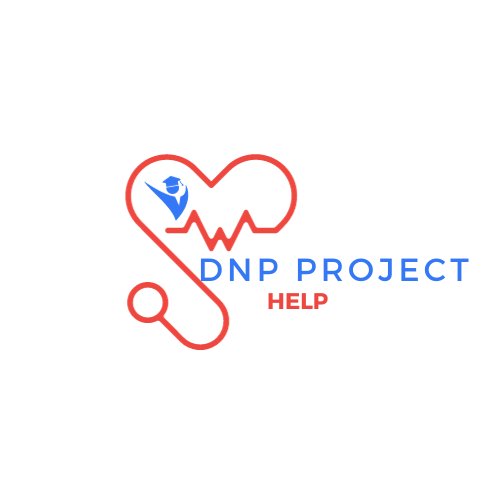
What is a DNP project proposal?
A DNP project proposal is like a detailed map for a big project that DNP (Doctor of Nursing Practice) students need to do for their degree. In simpler terms, it’s a document that explains what the student plans to do for their research or to make improvements in practical nursing. This proposal is super important for the DNP program because it lays out all the details and plans for the project. It’s like a guide that helps both the student and their mentors know what’s going to happen in the project. So, in a nutshell, the DNP project proposal is the first step in making a plan for a significant project in the DNP program.
What are the components of a DNP project proposal?
A DNP project proposal is like a big plan that DNP (Doctor of Nursing Practice) students create for their project. Different programs and universities might have slightly different plans, but here are some usual things you’ll find in a DNP project proposal:
- Introduction: This part is like the beginning of a story. It talks about what the project is, why it’s happening, and why it’s important.
- Problem Statement: This is where we clearly say what problem the project is going to solve. It’s like defining the puzzle that needs solving.
- Literature Review: Think of this part as a summary of what we already know about the problem. It helps us see what others have done and what might work for our project.
- Research Design: Here, we explain how we’re going to do the project. It’s like laying out the steps – what data we need, how we’re going to collect it, and how we’re going to analyze it.
- Timeline: This is like a schedule. It tells us when different parts of the project will happen, so we can keep track of progress.
- Budget: We talk about money here. How much will the project cost? It’s like planning the expenses.
- Ethical Considerations: This is where we think about what’s right and fair in our project. We make sure we’re doing things in a way that’s respectful and fair to everyone involved.
- Dissemination Plan: This part talks about how we’re going to share what we find. It’s like deciding how we’ll tell others about our project – in papers, presentations, or other ways.
So, the DNP project proposal is a bit like a recipe. It has all the ingredients and steps we need to make our project a success!
Where can I find examples of DNP project proposals?
There are some websites that can help you find what you’re looking for. Here are a few popular ones:
- Google Scholar: It’s like a super-smart search engine for academic stuff. You can find lots of scholarly articles and documents here, including DNP project proposals.
- PubMed: This is another place where you can find a bunch of scientific articles and research papers. It’s great for digging into nursing and healthcare topics.
- Dissertation Abstracts Online: This is a special place for finding summaries of different academic papers and projects. You might discover DNP project proposals here.
- ProQuest: Think of this as a huge library that you can access online. It’s got a ton of academic resources, and you can find DNP project proposals too.
So, if you’re on the hunt for examples of DNP project proposals, these websites are like treasure troves where you can discover lots of useful stuff!
What should I consider when selecting a DNP project proposal example?
When you’re picking out a DNP project proposal example, it’s essential to think about a few things to make sure it’s really useful for you:
- Type of Project: Check if the example matches the kind of project you’re planning to do. If you’re focusing on a specific area in nursing, the example should be similar so that it gives you the right guidance.
- Level of Detail: Think of it like finding a balance. The example should give you enough information so you understand what’s going on, but not so much that it feels like too much. You want it to be helpful, not overwhelming.
- Quality of Writing: Look for an example that’s well-written. If it’s clear and easy to read, it’s going to make understanding and learning from it much easier for you.
- Clarity of the Proposal: The example should be crystal clear. You shouldn’t have to struggle to figure out what they’re saying. A good example will make the proposal easy to understand.
How can I use DNP project proposal examples to help with my own proposal?
DNP project proposal examples can be helpful guides when you’re working on your own proposal. Here’s how you can make the best use of them:
- Understanding the Process: Reading through examples gives you a sneak peek into how DNP project proposals are structured. It’s like getting a roadmap – you see where to start, what comes next, and how to wrap it up.
- Spotting Key Components: Examples help you identify the important parts of a DNP project proposal. You can look for things like the problem statement (explaining the issue you’re tackling), literature review (summarizing what’s known about the problem), and research design (how you plan to study it).
- Generating Ideas for Your Proposal: Examples are idea generators. You can borrow ideas from them, like the specific questions you want to answer in your research or the methods you’ll use to collect data. It’s like having a creative brainstorming session.
- Checking Clarity and Organization: Examples act as a benchmark. You can compare them to your own work to see if your proposal is clear and well-organized. If an example makes sense to you, it’s a good sign your proposal is on the right track.
What are some common mistakes to avoid in a DNP project proposal?
Let’s break down the common mistakes to avoid in a DNP project proposal in a simple way:
Steer Clear of These Mistakes in Your DNP Project Proposal:
- Unclear Problem Statement:
Mistake: Your problem statement should be like a clear signpost, showing exactly what issue you’re tackling.
Fix: Make it short, clear, and focused so that anyone reading it understands the problem without confusion.
- Weak Literature Review:
Mistake: A literature review should be like a comprehensive tour of what’s known about your problem – updated and thorough.
Fix: Dig deep into existing studies, making sure your review is strong, and covering everything relevant to your project.
- Wrong Research Design:
Mistake: Your research design should match your problem. It’s like picking the right tools for the job.
Fix: Choose a design that fits your problem – don’t use a hammer when you need a screwdriver.
- Unclear Timeline:
Mistake: Your timeline is like a schedule. If it’s unclear, things might get messy.
Fix: Keep it realistic and clear, showing when each part of your project will happen. Think of it like a to-do list with dates.
- Missing Budget:
Mistake: Without a budget, it’s like going on a trip without knowing how much money you have.
Fix: Make an accurate budget, and explain why you need the money. It’s like planning for your journey.
- Ignoring Ethical Considerations:
Mistake: Forget about ethics, and it’s like building a house on a shaky foundation.
Fix: Address ethical concerns right from the start. It’s about doing the right thing in your project.
- Vague Dissemination Plan:
Mistake: Your dissemination plan is like a roadmap for sharing your findings. If it’s vague, you might get lost.
Fix: Clearly outline how you’ll tell others about your project. It’s like planning a party and inviting everyone who should know!
Must Read:



